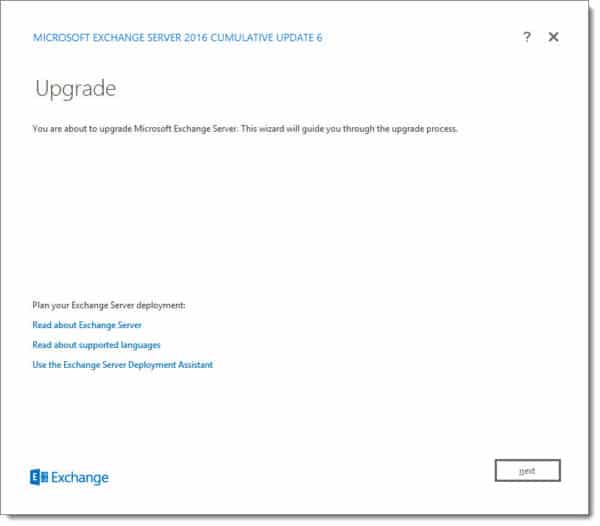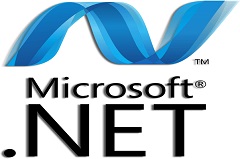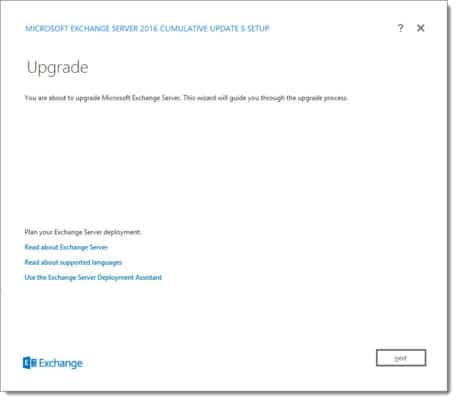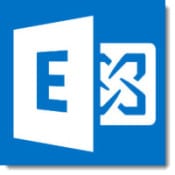Today was a big day for Exchange updates. Not only did we get Cumulative Update 7 for Exchange 2016, but we also got Cumulative Update 18 for Exchange 2013.
As always, test these updates in a lab first! I recommend checking out this 7-part guide on configuring Exchange in your lab. It doesn’t take much to get one going.
The updates are as follows:

Exchange 2016 Cumulative Update 7 | KB4018115 | UM Language Pack

Exchange 2013 Cumulative Update 18 | KB4022631 | UM Language Pack

No roll-up for Exchange 2010 this quarter
A quick word on Exchange 2007
It’s time to update. Exchange 2007 went end of life as of April 11th, 2017. You will receive no further patches and will be unable to acquire telephone support. Published back in March 2017, Rollup 23 is the final update for Exchange 2007.

Exchange 2007 SP3 Rollup 23 | KB4011325 (final update for 2007)
If the lack of security updates from Microsoft isn’t convincing enough, check this article for a list of cool things Exchange 2013 can do. (P.S. Like the fact Exchange 2013 uses fewer IOPS per mailbox than 2007…say what)
[Read more…] about Exchange September 2017 Updates





